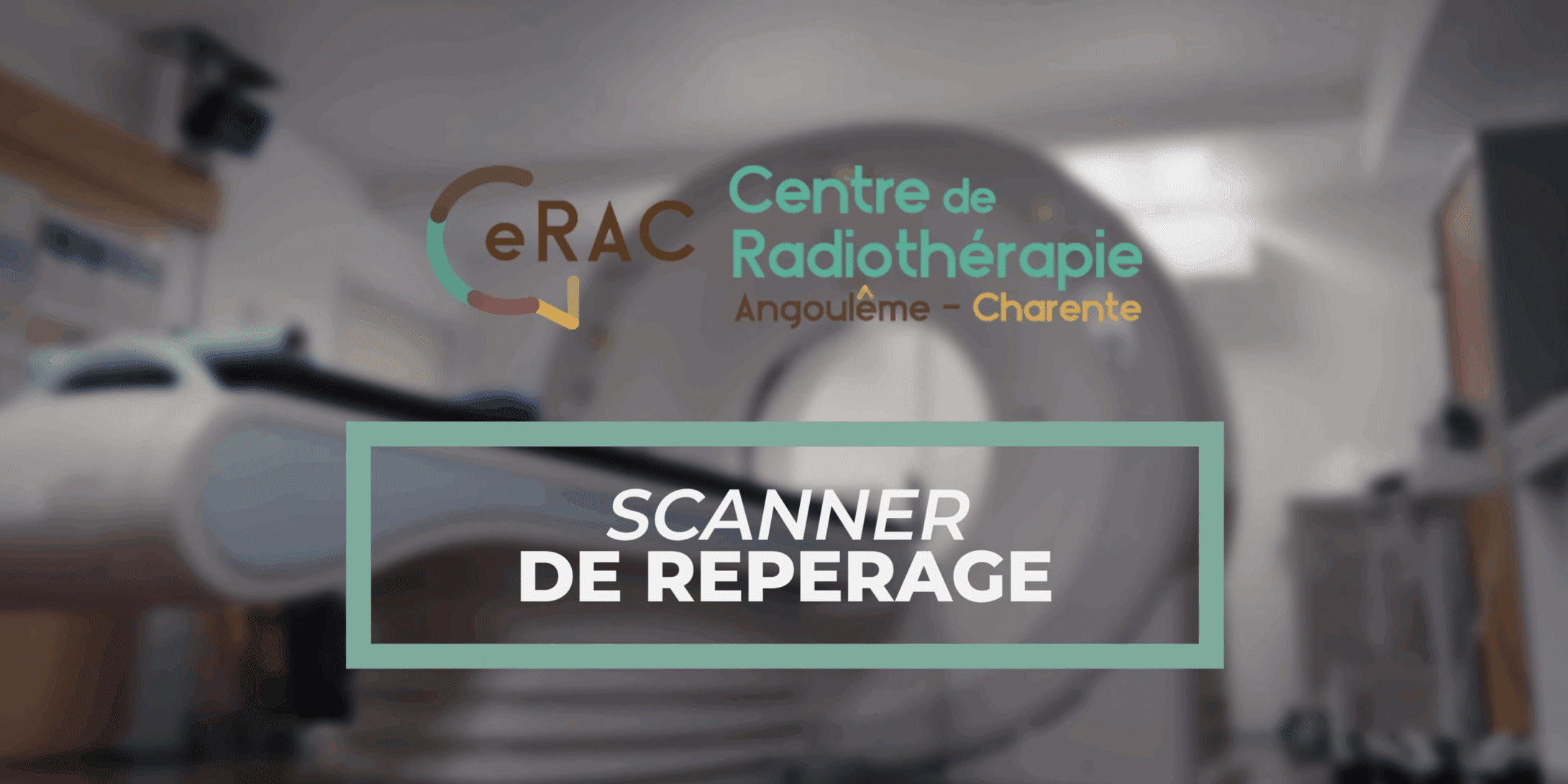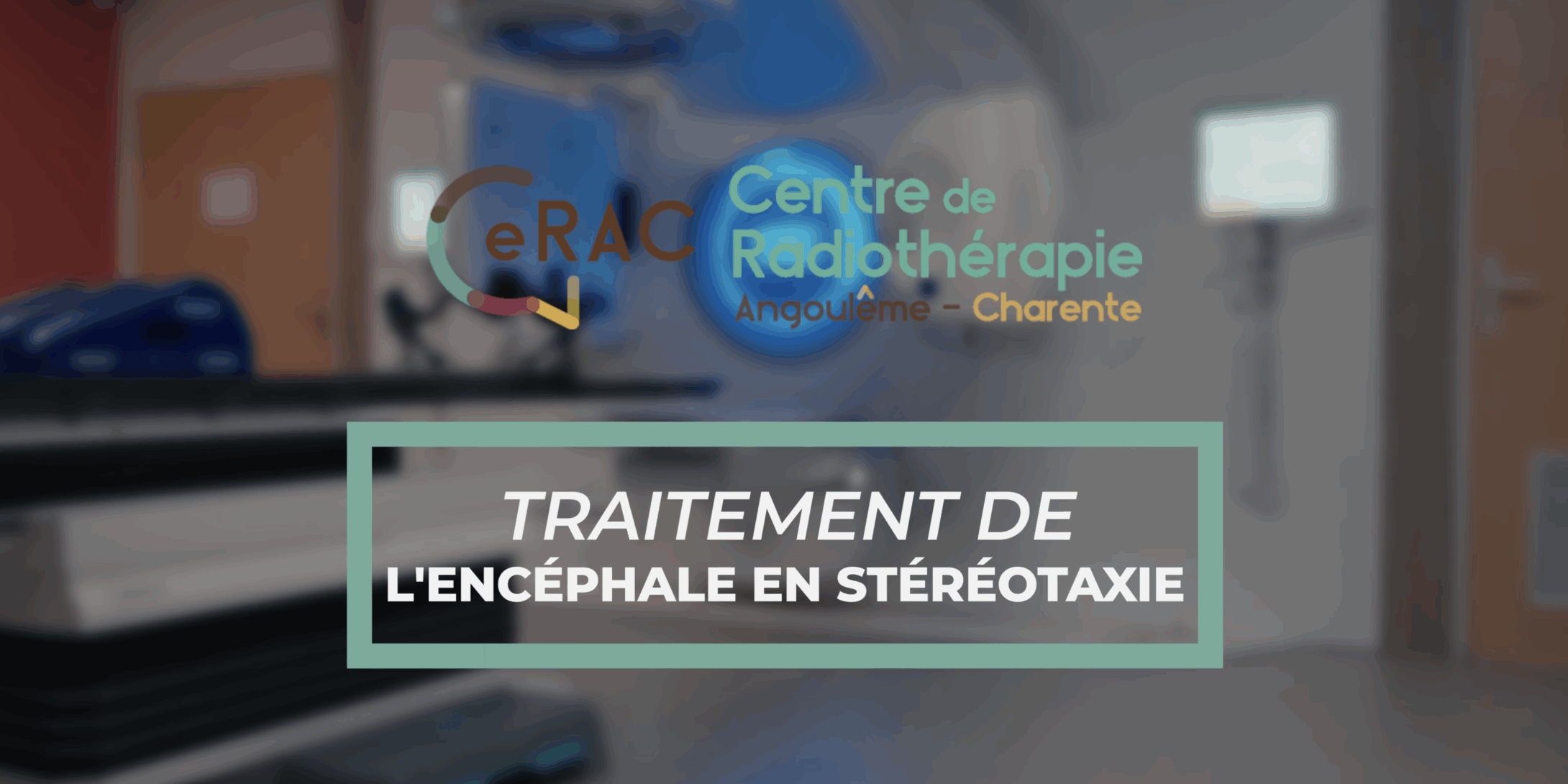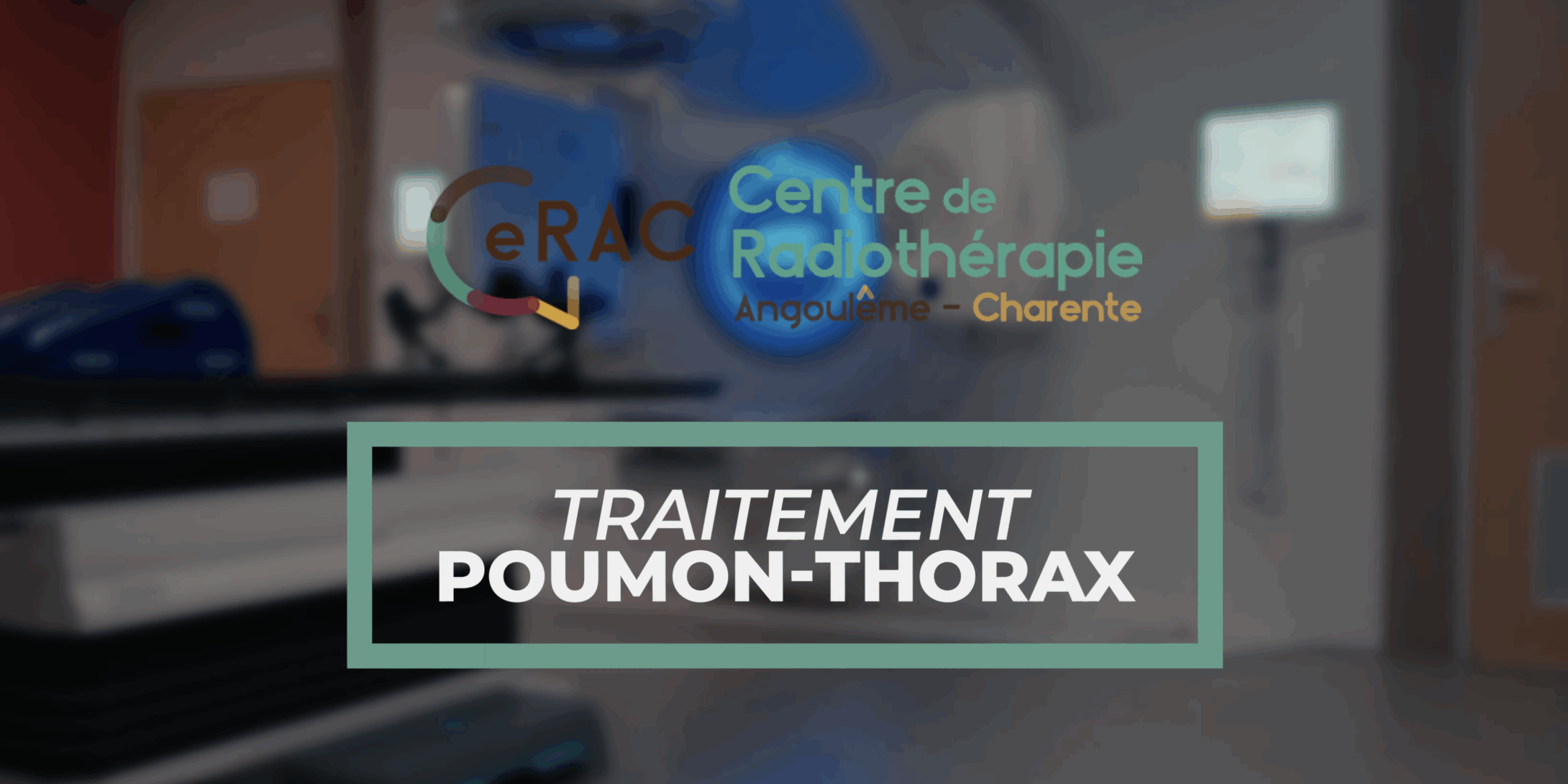Radiation Therapy Treatments
What Is Radiation Therapy?
Radiation Therapy uses high-energy beams (photons or electrons) generated by a linear accelerator. These beams pass through human tissue to deposit energy deep inside, directly targeting the tumor.
Radiation Therapy
The goal of radiation therapy is to completely destroy the tumor (if there hasn’t been surgery) or to complement surgery (post-operative radiation therapy) by eliminating any remaining cancer cells that might still be in the surgical area. In some cases, radiation therapy is also administered before surgery.
It can also be used to relieve symptoms in certain situations. Radiation therapy acts locally and regionally (tumor and lymph nodes), while chemotherapy or targeted therapies affect the entire body.
Radiation therapy is sometimes combined with chemotherapy to improve its effectiveness. The radiation itself is painless, though it may cause side effects that can appear even several weeks after treatment.
Patients undergoing external beam radiation therapy are not radioactive during or after treatment.
Accurate patient positioning during radiation therapy is essential for high-quality treatment.
Patient Positioning Control
At the CeRAC, radiation therapists and doctors verify patient positioning daily using an imaging system.
The accelerators are equipped with onboard imaging technology that enables IGRT (Image-Guided Radiation Therapy).
IGRT provides doctors and radiation therapists with a highly precise tool to compare the actual patient position with the planned position from the simulation scan before delivering radiation beams. This allows for precise adjustments and greater accuracy than older techniques (Portal Imaging).
What Radiation Therapy Techniques Are Used?
CONFORMATIONAL RADIATION THERAPY
Thanks to CT imaging, conformational radiation therapy allows for 3D modeling of the treatment volume, including safety margins around organs. Medical physicists then shape the radiation beams to match the tumor volume. This technique is increasingly evolving toward “VMAT” radiation therapy.
VMAT RADIATION THERAPY
This technique integrates the latest advancements in radiation therapy. It combines conformational therapy with intensity modulation.
“Intensity-modulated conformational radiation therapy adjusts the shape and intensity of the beam during a single session to precisely match the treatment area.” – Source: INCa
VMAT (Volumetric Modulated Arc Therapy) allows cancerous tissues to be targeted more precisely than conventional radiation by modulating radiation beams over a full 360° arc. Healthy organs near the tumor are better protected. CT or other imaging is used to define the tumor and nearby healthy structures.
A specialized planning software calculates the appropriate dose based on volume. This technique combines image-guided radiation therapy (IGRT) with intensity modulation.
Delivering VMAT treatment is a complex process that requires mandatory quality assurance at every stage.
At the CeRAC, approximately 95% of treatments use the VMAT technique.
STEREOTACTIC RADIATION THERAPY
Stereotactic radiation delivers high doses of radiation to destroy tumors with millimetric precision. Initially developed for brain tumors, this technique is now used for other areas (spine, bones, lungs, liver, prostate, etc.) and is rapidly expanding in France.
This approach requires specialized equipment, such as new positioning systems and advanced imaging during treatment. Combined with high-dose radiation beams, these tools allow the care team to deliver even more precise treatment for eligible patients.
Stereotactic radiation is ideal for treating complex cases quickly and comfortably: only 1 to 5 sessions lasting 15 to 40 minutes may be sufficient.
What Are the Side Effects of Radiation Therapy?
Side effects vary from one patient to another and are not always predictable, as every individual responds differently. However, some effects are common and closely monitored by your radiation oncologist and care team.
Radiation continues to affect the treated area for two to three weeks after treatment ends. Fatigue and side effects may persist temporarily—this is normal. Discuss them with your doctor for appropriate management.
Below, we list potential side effects by treatment area along with tips to help reduce them.
Pain and Radiation Therapy
Most patients receiving radiation therapy will experience pain at some point during their illness.
Pain implies two challenges: identifying the cause (diagnosis) and managing it (treatment).
Pain should never be underestimated, even if mild or long-lasting. Physical pai, regardless of severity, can severely impact quality of life, mental health, work, personal relationships, and your connection with the healthcare team.
Preventing and managing pain is a top priority throughout your treatment journey to improve quality of life and support therapy.
People react differently to pain.
As the patient, you are the key player in your own care: only you can describe what you feel.
Your input is essential for assessing the intensity of your pain and the effectiveness of medication or non-medication treatments.
No scan, blood test, or imaging can detect pain, only you can tell what needs attention.
Healthcare professionals are there to listen and inform you. They are usually the first to hear about pain and play a central role in its management.
Successful pain control depends on good communication between the patient, the general practitioner, and the entire care team.
All healthcare providers—doctors, pharmacists, nurses—can advise you based on their expertise. Loved ones also provide crucial daily support and encouragement.
Keep in mind that no one should face pain alone.

Supportive care services are available before, during, and after treatment:
- Psychological support
- Dietary counseling
- Hypnotherapy
- Onco-aesthetic or socio-aesthetic care, reflexology, etc.






